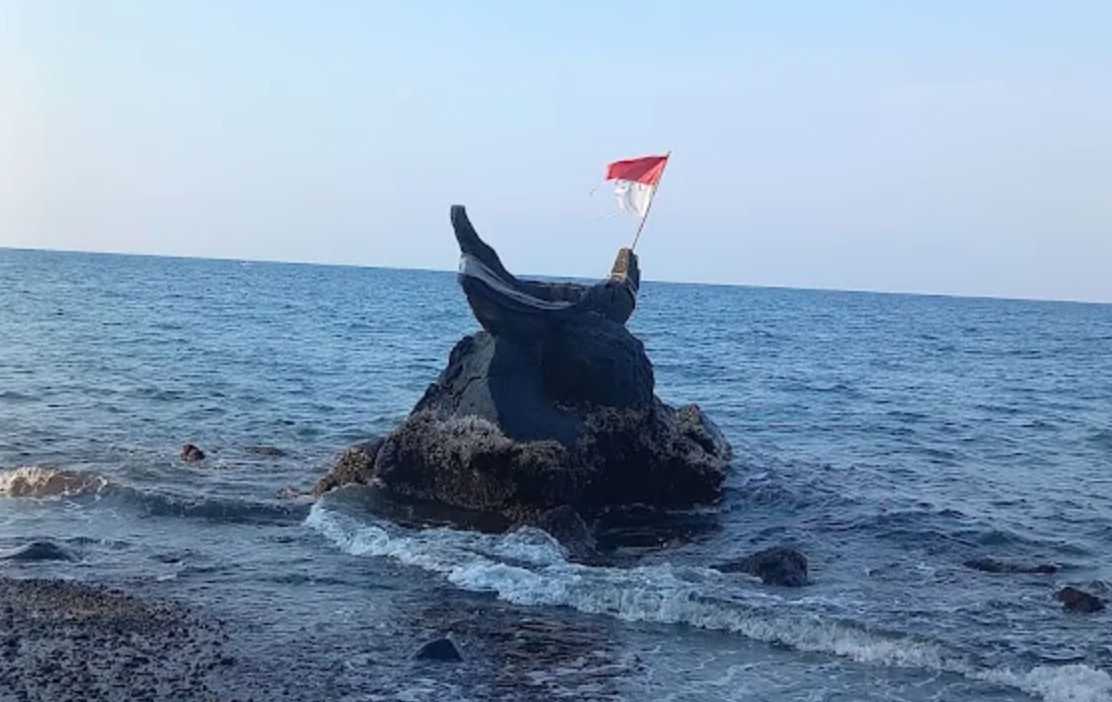Taman Ayun Temple is one of the most beautiful temples in Bali, located in Mengwi Village, Mengwi District, Badung Regency.
It is situated approximately 18 kilometers from Denpasar City and can be reached within 30 to 45 minutes by car. From Ngurah Rai International Airport, the trip to the temple takes around 1.5 hours.
Built in 1634 by King I Gusti Agung Putu, Taman Ayun Temple was originally known as Taman Genter. It was established as a place of worship for the ancestors of the Mengwi Kingdom and symbolizes the kingdom’s former glory.
Today, Taman Ayun Temple is recognized as a UNESCO World Heritage Site due to its historical, architectural, and cultural significance.
The architecture of Taman Ayun Temple reflects the strong aesthetic beauty of Balinese design. The temple is surrounded by a wide moat, giving the impression that it floats on water.
The well-maintained gardens with various tropical plants add to the beauty of the temple grounds. The structures within the temple complex are divided into several courtyards, each connected by traditional Balinese gates.
The most striking features are the meru or tiered towers, symbolizing reverence for the gods and ancestral spirits.
Taman Ayun Temple offers a tranquil and sacred atmosphere. It serves not only as a place of worship but also as a space for contemplation, rich in spiritual nuance.
The peaceful surroundings and the natural beauty that envelops the temple make it a serene destination, far from the hustle and bustle of Bali’s coastal tourism areas.
The temple is open daily from 8:00 AM to 6:15 PM WITA. Admission is IDR 20,000 for adults and IDR 10,000 for children. Facilities include a parking area, restrooms, and souvenir stalls around the temple grounds.
Visitors are expected to dress modestly or wear the provided sarongs and sashes available at the entrance.
With its long-standing history, elegant Balinese architecture, and calming ambiance, Taman Ayun Temple stands as a significant and captivating cultural destination for anyone visiting Bali. (BT)





